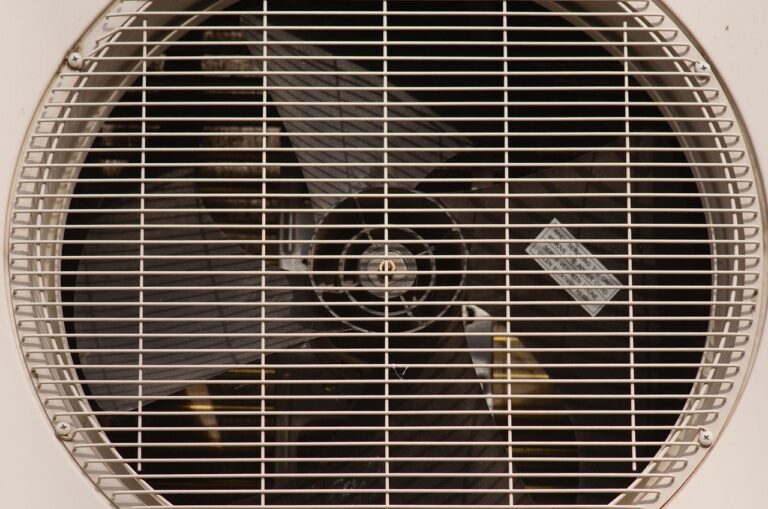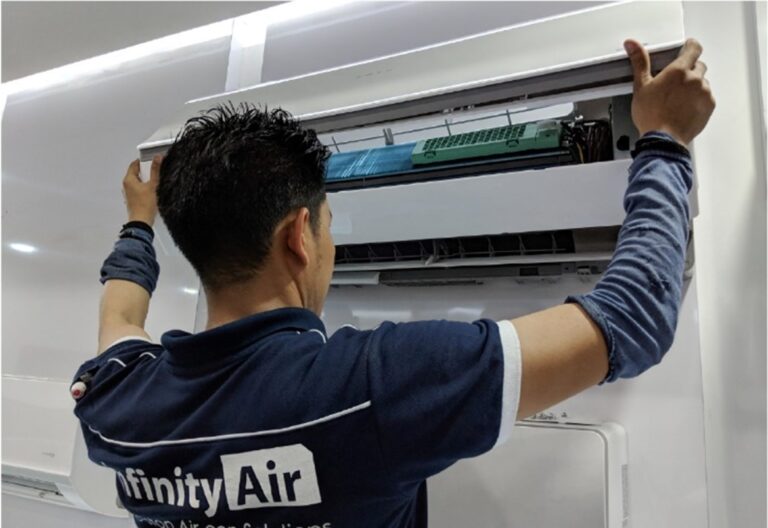The global HVAC industry is undergoing major transformation. Many countries are just beginning to phase out high-global warming potential (GWP) refrigerants like R-410A in favour of more climate-friendly alternatives.
But in typical forward-thinking fashion, Singapore has already implemented these changes. Since October 2022, the National Environment Agency (NEA) has prohibited the supply of new room air-conditioners using refrigerants with a GWP above 750, making R-410A effectively obsolete for new units in the local market.
Now, with global supply chains tightening and older units becoming harder to maintain, Singapore homeowners are starting to feel the real impact. This article breaks down what these refrigerant regulations mean in 2025, what to expect moving forward, and what you should do if you’re still using an older aircon system.
Why Was R-410A Phased Out in Singapore?
R-410A, once the industry standard, was widely used for its ozone-friendly profile. However, it carries a high GWP of over 2,000, making it a significant contributor to global warming if released into the atmosphere.
Recognising this, Singapore enforced a regulation under the Environmental Protection and Management Act that banned the import and supply of room air-conditioners using refrigerants with GWP above 750 from 1 October 2022. This aligns with Singapore’s broader goal of reducing greenhouse gas emissions under its Green Plan 2030.
What Refrigerants Are Allowed Now?
The most commonly adopted alternative is R-32, with a GWP of approximately 675—a significant reduction compared to R-410A. R-32 offers several benefits:
- Higher energy efficiency
- Lower refrigerant volume required
- Easier to recycle
- Readily available in Singapore’s current market
Other even lower-GWP options such as R-454B are emerging globally, but in Singapore, R-32 is currently the mainstream alternative.
What If You Still Use R-410A?
The good news is that if you already own an R-410A system installed before October 2022, you can continue using and servicing it. However, you should be aware of several important implications:
1. Servicing and Repairs May Become Costlier
As global production and demand for R-410A drop, so will its availability. This could drive up the cost of refrigerant gas top-ups and make spare parts harder to find over time.
2. Not Future-Proof
If your current R-410A aircon breaks down in the next few years, you may not be able to get a direct replacement unit that uses the same refrigerant. This might force a full system replacement rather than a simple component swap.
3. Environmental Responsibility
While your unit may still function, continued use of high-GWP refrigerants contributes more heavily to carbon emissions in case of leaks. Transitioning to lower-GWP units can support Singapore’s sustainability goals.
Why This Still Matters in 2025 and Beyond
Even though the NEA’s restriction has been in effect since 2022, 2025 marks a global shift, especially in countries like the U.S. and EU, which are also phasing out high-GWP refrigerants. These global trends impact:
- Supply chains (as manufacturers stop making R-410A components)
- Training and safety standards (new refrigerants like R-32 are mildly flammable and require trained technicians)
- Consumer awareness, pushing homeowners to consider long-term sustainability and cost savings.
What Should Singapore Homeowners Do Now?
Check Your Current System
If your aircon was installed before 2022, check the refrigerant label. If it uses R-410A, start planning for future upgrades, especially if it’s more than 8–10 years old.
Upgrade to R-32 When Ready
If you’re planning to replace or install new units, go with R-32 systems. They are more efficient, readily available, and fully compliant with NEA regulations.
Engage Licensed Professionals
R-32 is classified as a mildly flammable (A2L) refrigerant. This makes proper installation, maintenance, and safety training essential. Engage BCA- and NEA-compliant installers, like Infinity Air, who are trained to handle R-32 safely and efficiently. Don’t Delay Maintenance
Even if you’re not replacing your system yet, regular servicing helps prevent gas leaks, improves efficiency, and extends the life of your unit—especially important as R-410A becomes less accessible.
Infinity Air: Your Partner in 2025 and Beyond
At Infinity Air, we’ve supported thousands of Singapore homes through aircon transitions, servicing, and upgrades for over 20 years. With more than 15,000 successful jobs completed, our team is well-versed in both R-410A legacy systems and new-generation R-32 technology.
We offer:
- Professional diagnosis of current systems
- Recommendations for efficient, NEA-compliant replacements
- Safe and proper installation of R-32 systems
- Affordable maintenance packages to keep your aircon running smoothly
Conclusion
Singapore is already a step ahead in phasing out harmful refrigerants like R-410A. While many countries are only starting to implement such measures in 2025, Singapore residents using air conditioners are already experiencing the effects—whether through newer, more efficient models or rising service costs for older systems.
Whether you need advice, maintenance, or a full system upgrade, Infinity Air is ready to help you make the switch. Embrace a more energy-efficient and environmentally friendly future where cooling your home responsibly starts now.
Contact us today via WhatsApp 9383 6574 to learn more about future-ready aircon solutions.


